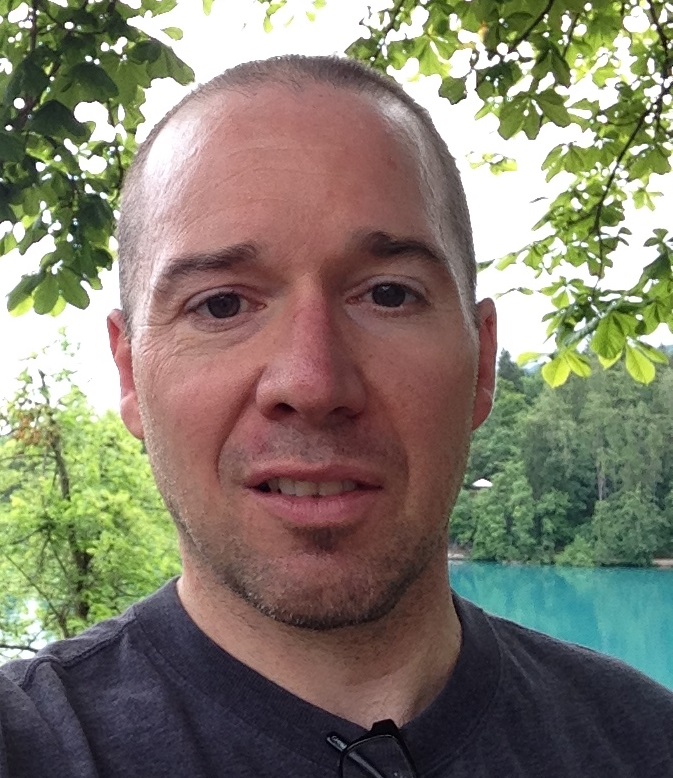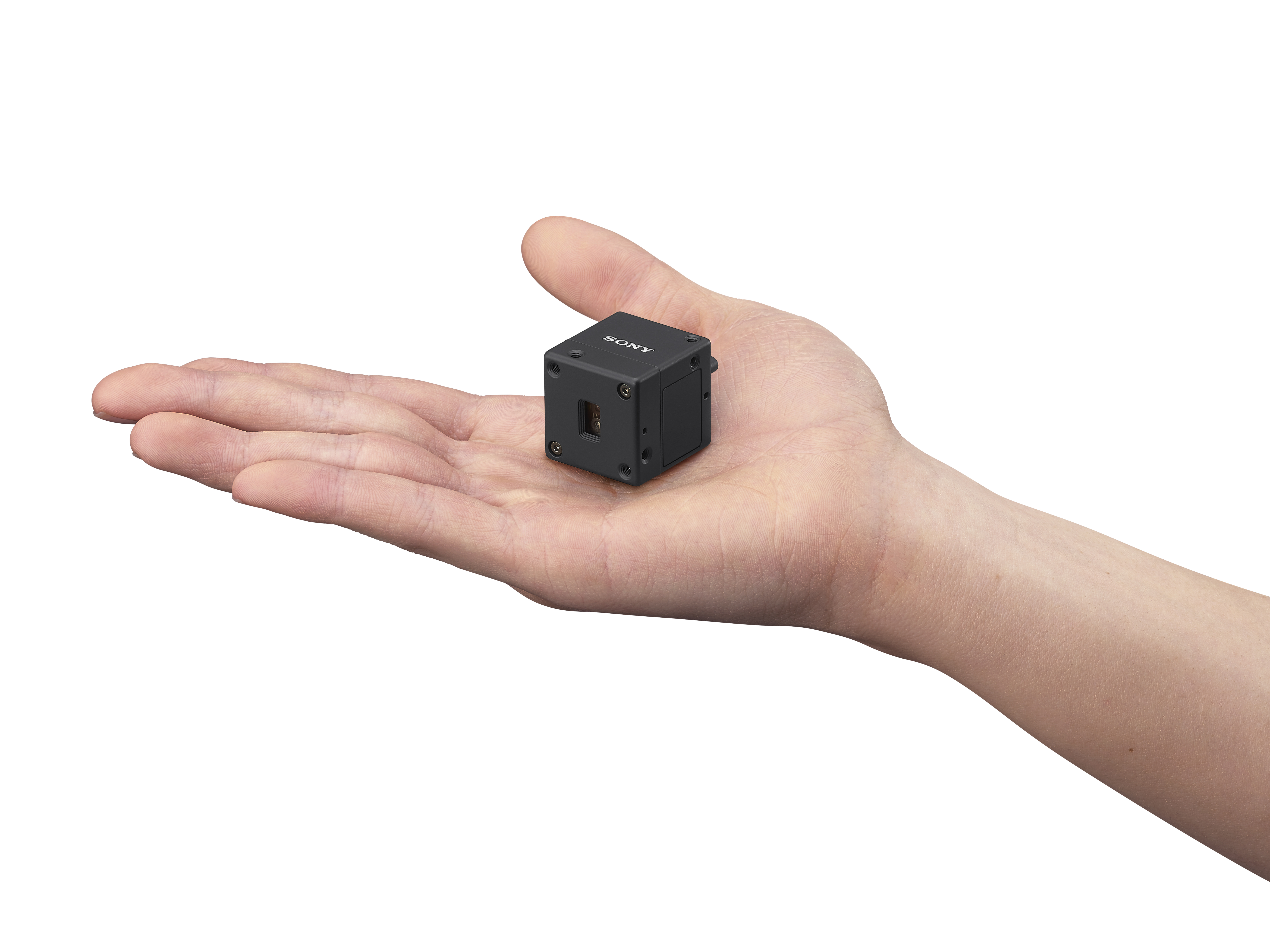HD Makes European Headway
AMSTERDAM, THE NETHERLANDS
Anchored by a growing homegrown digital cinematography market, high-definition video production in Europe is coming along. In more television-centric applications, however, the market is moving to HD mostly due to global opportunities from the HD transmission markets in North America, Australia, and Japan.
HD CINEMATOGRAPHY
HD has started to become a viable option for the European film community. One Italian director has already produced nine theatrical films on HD video in 2002. Another recent high-profile application was the first European use of Panasonic's Varicam variable frame rate camera in the film "Luminal," which will debut at Cannes or Sundance in 2003.
The market for HD video in film applications is growing, if slowly, said Amnon Band, president of Burbank, Calif.-based professional video equipment distributor Band-Pro Film/Video Inc.
Although Band describes the European market as "intimidated" and a little confused by HD video, his company has just opened a Munich office to serve as the worldwide distributor for Zeiss DigiPrime HD lenses. Band said the office will also fill a void in the European market, where a digital shoot can often involve a lot of time and the need to contact many rental houses to cobble together the needed equipment.
"No one takes responsibility for the total [HD] package," he said. "Band-Pro Munich will be one place to get all the equipment in a package, and that package will be treated as a system. ... People need to know how to put the parts together and we will make sure the people who use an HD camera know how to use it properly."
AND BROADCAST?
In broadcast applications such as sports, concerts, or documentary productions aimed at the broadcast market, the global market is key. Examples could be seen in a few of the conference sessions held at IBC and in the convention center parking lot.
One conference session detailed how the BBC had recently set up an HD support group to help the broadcasters' traditional production teams shoot and handle HD programs. "We have to understand and be able to deliver HD," said Andy Quested of BBC Production Development, speaking at a session. "We have to be able to produce the best programs in HD."
Quested mentioned as an example a BBC series, "Blue Planet." This naturalist type of programming has become a perfect fit for the global HD market and the BBC HD support group was developed with these types of series in mind.
At this session and in others, industry players said the overall trend toward higher-quality acquisition was driving the move to HD. Content producers want the highest quality material to archive for later use.
At the outdoor displays, two high-definition OB trucks were parked, both owned by Belgian companies that shoot sports, concerts and other high-profile events in HD for markets outside of Europe, particularly Japan and the U.S.
Spurred by a recent request from the Montreux Jazz Festival to shoot that multiday international music event in HD (for Japan's NHK), Belgian production company Outside Broadcast decided it was the ideal time to upgrade one of its trucks to HD. As of a few months ago, the company's Unit 8 truck was equipped with new Sony HDC 950 cameras, HDW 2000 recorders, an HDW 500 recorder, a Thomson XtenDD switcher and a Snell & Wilcox 6200 cross-converter. "All of the leads in Europe, when you talk about high definition, come back to NHK in Japan," said Timo Koch, commercial manager for Outside Broadcast. "They are looking for a lot of European content, sports, concerts [and] culture."
What about the European television market as driving HD? Koch says this is minimal and limited to events such as royal weddings, at which there is a desire to archive a high-quality master. He did say that some musicians and other artists have been shooting performances in HD to maximize the quality of future DVD copies from their masters.
How have Outside Broadcast's crews adapted to shooting in HD, three months in? Koch said the engineers didn't have any problems integrating the equipment, but the camera operators and set designers have faced some challenges. "Getting used to new viewfinders and such takes some time, and we have learned that the sets, lighting and make-up need to be done differently because you can see so much more detail," he said. "It's been a slight learning curve."
Koch said Unit 8 was using the first Sony HDC 950 cameras in Europe. He said the ability to switch between 16:9 and 4:3 with the new cameras has been valuable, because Europe broadcasts analog PAL in both aspect ratios.
The high expense of HD is the major factor working against HD production of more mundane events, said Koch, noting that an HD shoot costs 50 to 100 percent more that an SD shoot. "The market situation today is just not encouraging HD for broadcasters," said Koch.
Get the TV Tech Newsletter
The professional video industry's #1 source for news, trends and product and tech information. Sign up below.

